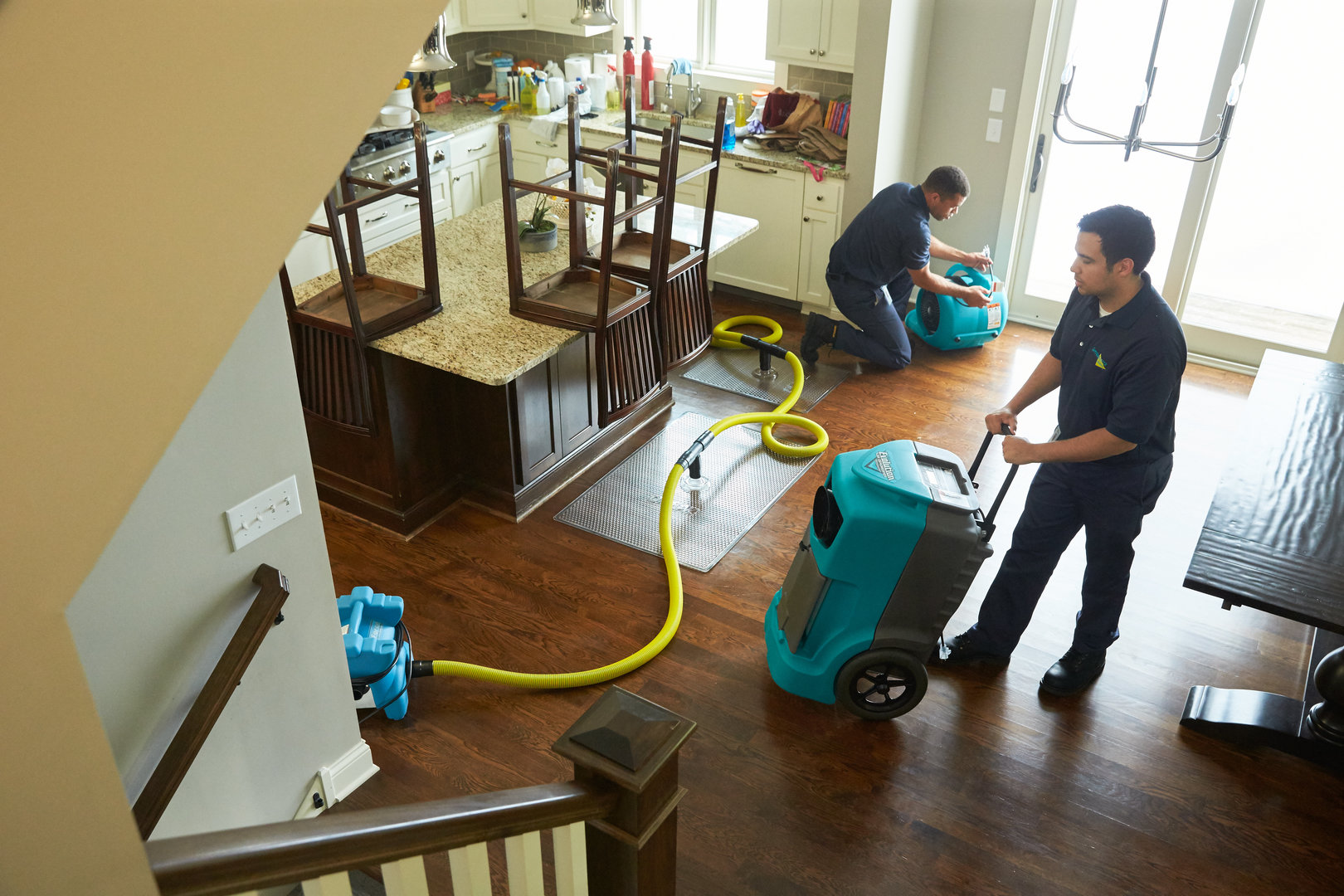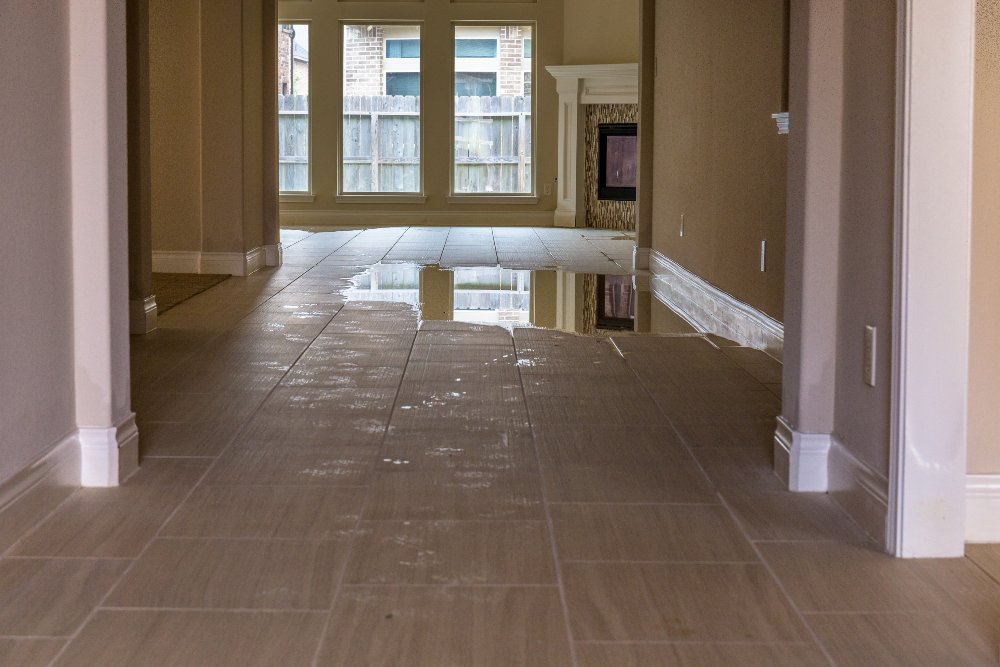Strategic Mold Inspection Philadelphia: Identifying and Addressing Mold Issues
Strategic Mold Inspection Philadelphia: Identifying and Addressing Mold Issues
Blog Article
Emergency Situation Water Damage Restoration: Swift Reaction to Reduce More Damage
Water damage can strike suddenly and leave destructive impacts on homes and services. When faced with such a situation, a speedy feedback is crucial to reduce further damage and protect against prospective wellness risks. What exactly does emergency situation water damages reconstruction involve? In this conversation, we will look into the importance of instant activity, the evaluation process, the actions associated with water extraction and drying, mold and mildew prevention and remediation, and ultimately, the reconstruction of the damaged area. By understanding the urgency and comprehensive nature of this procedure, you will obtain valuable understandings right into exactly how experts deal with emergency situation water damage, ensuring a swift and efficient feedback.
Significance of Swift Response

One of the main factors speedy action is crucial in water damage repair is to avoid the growth of mold and mold. Mold not just creates more damage to the framework of the building but additionally positions health risks to owners.
In addition, a prompt reaction can assist salvage and restore beneficial personal belongings and properties. Water damages can be devastating, specifically when it impacts personal products of sentimental or monetary value. Performing swiftly permits specialists to assess the damage and execute proper remediation methods to salvage as high as possible. This not only aids to lessen economic losses but likewise brings satisfaction to those influenced.
Analyzing the Degree of Damage
To properly deal with the consequences of water damages, it is crucial to without delay assess the level of the damages caused upon the afflicted area. Examining the extent of water damages is an essential action in the reconstruction procedure as it assists reconstruction experts determine the appropriate strategy and develop a reliable restoration strategy.
Throughout the evaluation, reconstruction experts extensively take a look at the afflicted location to determine visible indications of damages, such as water stains, distorted materials, and mold and mildew development. They also make use of specialized equipment to spot covert damage, such as dampness meters and thermal imaging cams (mold inspection philadelphia). This thorough evaluation allows them to accurately establish the level of the damage and develop a tailored remediation plan
Due to the fact that it aids professionals prioritize their efforts,Evaluating the degree of water damage is crucial. They can identify areas that need prompt interest, such as standing water elimination and drying out, to avoid additional damages and lessen the danger of mold growth. They can also identify the areas that require repairs or substitute, ensuring that no damages goes undetected or without treatment.
In addition, an extensive evaluation provides valuable details for insurance coverage functions. It helps property owners and insurance coverage insurers comprehend the scope of the damage, which is important for filing precise insurance cases and getting the appropriate insurance coverage.
Water Removal and Drying Process

The water extraction and drying process is an essential step in water damage remediation, as it involves the removal of excess water and the extensive drying of the affected area to prevent more damage and reduce the threat of mold development. After analyzing the degree of the water damage, the following step is to extract the water from the affected location.
As soon as the excess water has been drawn out, the drying out procedure begins. This action is essential in preventing second damages, such as structural damages and the development of mold and mildew and mildew. High-powered followers and dehumidifiers are utilized to circulate air and remove dampness from the air and surfaces. The drying process might take a number of days, depending upon the extent of the water damages and the materials entailed.
It is essential to ensure that the damaged area is totally dry before waging any kind of repairs or reconstruction. Failing to completely dry the location can result in lasting issues, consisting of weakened frameworks, moldy smells, and the growth of mold and mold. Professional water damage reconstruction companies utilize wetness discovery devices to make sure that the damaged area is totally dry prior to continuing to the following step.
Mold Avoidance and Remediation

To stop mold and mildew growth, it is vital to resolve water damage without delay. The initial step is to repair the resource and identify of the water intrusion.
In instances where mold and mildew read more development has already occurred, remediation is necessary to remove the mold and stop its return. This entails the mindful elimination and disposal of affected materials, such as drywall or carpet, to guarantee that all traces of mold are eradicated - mold remediation philadelphia. It is necessary to keep in mind that mold and mildew removal need to be accomplished by specialists that have the needed training and tools to safely remove and take care of mold and mildew
Recovering the Affected Location
After resolving mold and mildew avoidance and removal, the next important action in water damages restoration is restoring the afflicted area to its pre-damage condition. This step involves an extensive process to ensure that all traces of water damages are gotten rid of and the damaged location is dig this completely repaired.
To start with, it is vital to extensively dry out the area to stop any kind of additional damage and to hinder the development of mold and mold. This may involve making use of specialized drying equipment, such as dehumidifiers and industrial-grade fans, to get rid of all wetness from the affected surface areas.
When the location is totally dry, the restoration procedure can begin. This might include replacing or repairing damaged structural elements, such as drywall, ceiling, or floor covering tiles. It is vital to attend to any kind of underlying problems that may have caused the water damages, such as dripping pipes or damaged pipes, to prevent future occurrences.
Additionally, recovering the affected area might also consist of repainting wall surfaces, replacing damaged fixtures, and thoroughly cleaning and disinfecting the space. This makes sure that not just is the area structurally sound, yet it is also visually pleasing and secure for occupancy.
Verdict
Finally, quick response is vital in minimizing additional damages brought on by water emergency situations. Evaluating the degree of damages enables efficient water removal and drying out processes to be executed. Furthermore, mold and mildew avoidance and removal are important in bring back the damaged location. Overall, timely action and complete restoration measures are essential to alleviating the unfavorable effects of water damages.
Swift action is of utmost importance in water damage repair to lessen additional damage and reduce potential risks.Throughout the assessment, restoration experts extensively take a look at the afflicted location to recognize visible indicators of damage, such as water spots, distorted materials, and mold and mildew development.The water extraction and drying procedure is a critical action in water damage remediation, as it involves the elimination of excess water and the complete drying of the affected location to stop more damage and mitigate the threat of mold development. After examining the degree of the water damages, the following step is to extract the water from my blog the affected area. leak detection philadelphia.Reliable mold and mildew avoidance and remediation are critical in water damages restoration to ensure the safety and security and integrity of the damaged area
Report this page